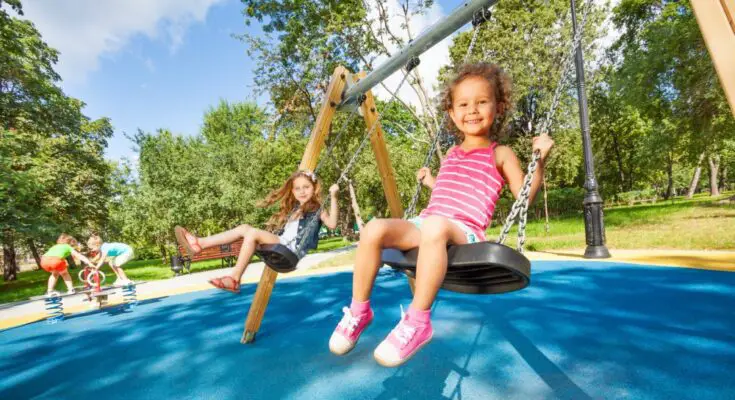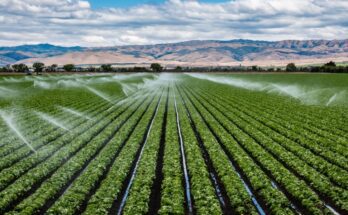Playgrounds are a hub of energy and joy for children, but weather conditions can directly impact their safety and durability. Whether it’s blazing sun or icy winds, neglecting weather-related upkeep can lead to potential hazards.
Understanding how weather interacts with playground materials and surfaces is key to maintaining a safe, welcoming space for kids year-round. Continue reading to explore how weather impacts playground safety and maintenance.
Impact of Sun Exposure on Playground Equipment
Constant sun exposure can cause playground equipment to fade, weaken, and overheat. Metal slides, swings, and handles can become dangerously hot, potentially burning children. UV rays also degrade the durability of plastic and rubber components over time, making them brittle and more prone to cracking. To combat these effects, use UV-resistant materials, apply protective coatings, and periodically inspect for any signs of damage or wear caused by long-term sun exposure.
How Rain Affects Playground Surfaces
Heavy rain can make playground surfaces slippery, increasing the risk of falls. Water pooling on equipment and pathways can also lead to mold, mildew, and deterioration, compromising the integrity of the materials. Installing proper drainage solutions for rubber playground flooring is an effective strategy to prevent water buildup and reduce slip hazards. Regular checks on surface conditions post-rain can identify problem areas before they become safety concerns.
The Dangers of Ice and Snow on Playgrounds
Ice and snow are two of the biggest culprits of playground accidents in winter. Ice on slides, ladders, or walking areas creates slipping hazards, while snow buildup can hide sharp edges or other dangers underneath. Clearing snow promptly and spreading non-toxic, child-friendly de-icer reduces the chances of injuries. Additionally, inspecting equipment for cracks or corrosion caused by freezing temperatures remains an important cold-weather maintenance task.
Wind Damage and Playground Inspections
Strong winds don’t just bring fallen leaves; they can also cause damage to playground structures. Loose branches from nearby trees may fall onto equipment, while winds can also dislodge improperly secured components, putting children at risk. After particularly windy weather, conduct thorough inspections of the playground. Remove debris, tighten connections, and check for structural weaknesses such as loose bolts or broken parts.
Importance of Regular Maintenance and Weather Preparedness
Weather-related wear and tear happen over time, but routine maintenance keeps playgrounds safe and enjoyable. Inspect surfaces, equipment, and nearby trees seasonally to tackle emerging issues before they worsen. Incorporate preventative measures, such as shade sails to combat sun damage, drainage systems to handle rain, and durable winter coatings, into your ongoing efforts to keep the playground weather-ready. Proactive care helps extend the lifespan of your playground while minimizing safety hazards caused by fluctuating conditions.
As you can see, weather impacts playground safety. High-quality materials, regular inspections, and adequate preparation for seasonal changes create a welcoming, reliable space for families. Making this effort benefits children, caregivers, and communities alike. Start today by evaluating your playground for possible weather-related risks. Small steps now lead to big improvements in safety, comfort, and lasting fun.



